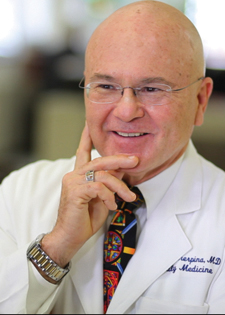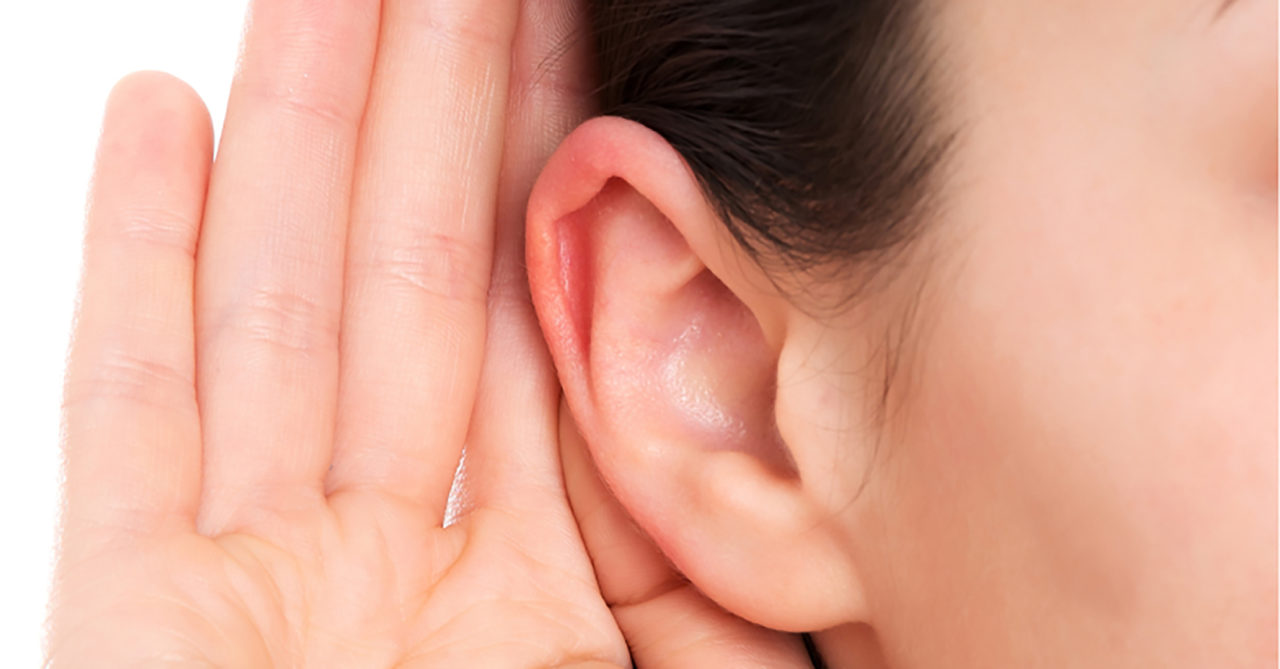 By Victor S. Sierpina, MD
By Victor S. Sierpina, MD
It may be that when Julius Ceasar said, “Friends, Romans, countrymen, lend me your ears” he was onto something. Modern acupuncture has evolved a fascinating branch, auricular acupuncture. Through the studies of French neurologist Dr. Paul Nogier and his colleagues, the topography of the outer ear has been found to contain acupoints that represent all parts of the body. Indeed, the Nogier school, only uses ear points for treatment be it for a headache or back pain. For more background on this fascinating system, see http://www.auriculo.biz/en/auriculotherapy/.
The ear turns out to be a homunculus, meaning a figurative representation of the whole body in the form of an inverted fetus. It is thought that neuroembryological pathways are still active in the ear and that acupuncture can activate these. Just look at someone’s ear closely and imagine this pattern. Once you’ve seen it, it is there for you.
Warning: Undefined variable $posClass in /home1/mjhnewsc/public_html/wp-content/plugins/ap-plugin-scripteo/lib/functions.php on line 1078
Warning: Undefined variable $posClass in /home1/mjhnewsc/public_html/wp-content/plugins/ap-plugin-scripteo/lib/functions.php on line 1078
The use of auricular acupuncture for substance abuse, alleviating withdrawal symptoms, behavioral health, and pain management is a safe, widely researched, and long-standing adjunctive treatment modality for the indications. The National Acupuncture Detoxification Association (NADA protocol) is the best known of the methods and has been practiced widely for over 30 years. It involves application of 5 needles at specified auricular points, is simple to learn and to apply, and enjoys wide patient acceptance. Points are indicated in the diagram below:
Warning: Undefined variable $posClass in /home1/mjhnewsc/public_html/wp-content/plugins/ap-plugin-scripteo/lib/functions.php on line 1078
A recent review article (1) summarizes the history, research base, and clinical application of ear acupuncture for substance use since it was first found effective in easing withdrawal symptoms from opium and heroin in Hong Kong in the 1970’s. Since then, many small scale, elegant studies have given us indications of its utility in substance abuse management. Most studies demonstrating efficacy are small and inadequately powered, suffer methodological flaws common to acupuncture research such as blinding, randomization, sham controls, and larger, better trials are needed.(2) Practice-based evidence continues to accumulate and drive its use along with safety, ease of application, and patient acceptance.
The broad application of NADA to alcohol, opiate, tobacco, methamphetamine, and cocaine abuse makes it a promising adjunct to medical and behavioral treatment methods in a very challenging patient population. Additionally, the NADA protocol has been used for stress management, including post-traumatic stress, treating addicted pregnant women, sleep disorders, and anxiety among others. It has been used in refugee camps, post-hurricane settings, prisons, hospitals, rehabilitation treatment centers, as well as outpatient clinics, predominantly in a group treatment context.
Practitioners emphasize that so-called “acudetox” is an adjunctive, not a stand alone treatment for easing withdrawal symptoms as well as maintenance of abstinence. It is most effective when applied with standard therapy, behavioral interventions, and/or 12-step programs. Multiple studies have shown improvement in retention of study subjects, improved coping skills, and improved pain management with auricular acupuncture.
Physiological studies have shown auricular acupuncture acts on neuroendocrinological pathways include serotonin, dopamine, endorphin, dynorphin, and GABA receptors. (3)
Pain management is another area in which auricular acupuncture can be successfully utilized. In my practice, I have adapted system called “Battlefield Acupuncture” developed in the war zones of the Middle East in the early 2000’s to help alleviate pain in wounded soldiers. It involved the placement of 5 small tacks into each ear in a certain sequence and can provide pain relief in just a few minutes. See in diagram below, though points may vary by practitioner.
My most recent case, and one of many, is a nurse who suffers debilitating migraines. Application of the Battlefield Points provided relief of an intractable 8/10 level migraine to a calm, 2/10 ache. Her wide-eyed appreciation and willingness to share her success story with patients and students has been a wonderful benefit in our clinic and to her personally.
For a more detailed description of the technique:
https://www.isla-laser.org/wp-content/uploads/Niemtzow-Battlefield-Acupuncture.pdf
See a brief YouTube: https://video.search.yahoo.com/search/video?fr=tightropetb&p=battlefield+acupuncture+points+chart#id=2&vid=9a74bb7f022e96b979d08c3a2d4c1a1f&action=click


